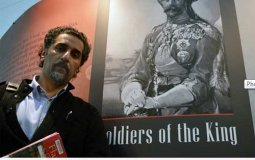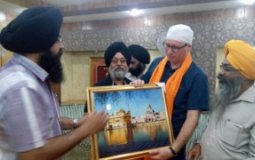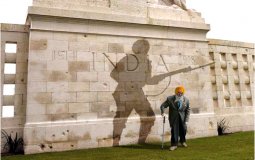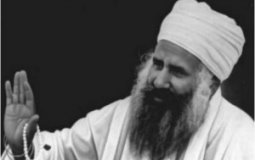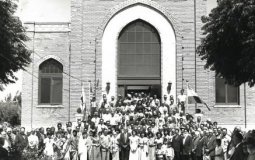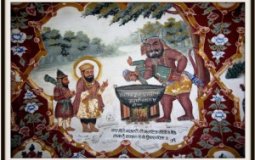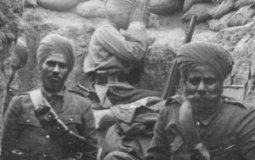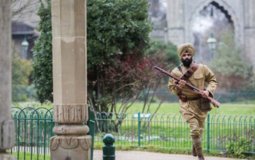“And even within professional historians, they have not picked up on this because they have no reason to. The only people who have a reason to tell this story are the people from that community, and we haven’t done it ourselves,” he said.
The visiting historian and heritage expert addressed the gathering on the role of Sikh soldiers during WW-I. His first Amritsar visit, which he described as absolutely important and wonderful, coincided with the 100th anniversary of the martyrdom of Sikh soldiers at The WW-I,...
“They were all 6ft + and they is no way you would have argued with them”. I have so many stories about the reputation of the Sikhs as a fighting force it is hard to know where to begin.
Do not utter even a single unpolite word to any one, as the true Master abides in one and all. Do not break the heart of any one, as every heart is a priceless jewel.
Every year on 4 May, the Netherlands commemorates the victims of war. On 5 May we celebrate the fact that we were liberated.
Baba Ji incessantly affirmed that Sikhi cannot be demolished by anyone, in fact, those who try to demolish Sikhi will get annihilated themselves.
The popular narrative in media and textbooks on the South Asian American population is that they've only existed in the United States for a few decades.
Puratan Janamsakhi mentions episode of Kauda cannibal related to Dhanasari Des on an island. Janamsakhi Bhai Bala too has the episode of Kauda Cannibal.
"The history of Sikhs affords many instances of their value as soldiers, but it may be safely asserted that nothing finer than the grim valour and steady discipline displayed by them on the 4th June has ever been done by soldiers of the Khalsa.”
I'm running as you can see dressed as an Indian soldier from World War One. Why? Because I'm raising funds and awareness for a great charity which is telling the story of Sikhs in the Great War.

